 |
 |
 |
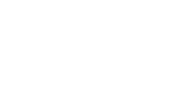
|
Fruits in filigrana glass with reticello (net-like) pattern, 1933
|
|
 |
LE STANZE DEL VETRO
Tomaso Buzzi alla Venini
14/9/2014-11/1/2015
A joint project of Fondazione Giorgio Cini and Pentagram Stiftung
Le Stanze del Vetro announces the third exhibition dedicated to the great designers of the Venini glassmaking company
Tomaso Buzzi at Venini
An exhibition celebrating the Italian gusto of the 1930s in the glass works of the well-known architect from Milan.
Venice, Island of San Giorgio Maggiore
14th September 2014 – 11th January 2015
From 10 am to 7 pm, free entrance, closed on Wednesday
|

|
Posted 3 October 2014
|
Share this:
|
|
The exhibition Tomaso Buzzi at Venini, curated by Marino Barovier, opens to the public on September 14th, 2014, on the Island of San Giorgio Maggiore in Venice. It is the third exhibition dedicated to the history of the Venini glassware company organized by Le Stanze del Vetro, a long-term cultural initiative launched by Fondazione Giorgio Cini and Pentagram Stiftung, devoted to the study and the promotion of the art of glassmaking in the 20th and 21st centuries.
The Milanese Architect Tomaso Buzzi (1900-1981) was a lively protagonist of the so-called “Novecento Milanese”.
|
|
|
|
|
|
|
He was friend with Gio Ponti – with whom he collaborated – and partner of "Il Labirinto" – a group that included architects and entrepreneurs such as Gio Ponti, Michele Marelli and Paolo Venini – aiming at “promoting the modern decorative arts in today’s households”.
Together with Gio Ponti, Tomaso Buzzi became one of the most important creators of the Italian gusto of the 1930s, for the elegance and refinement that he brought to the applied arts. A cultured architect, a curious designer, a sophisticated interior designer, as well as a collaborator of the magazine Domus, he worked with the greatest personalities in the Italian upper middle class: Volpi, Cini, Visconti, among many others.
|
|
|
|
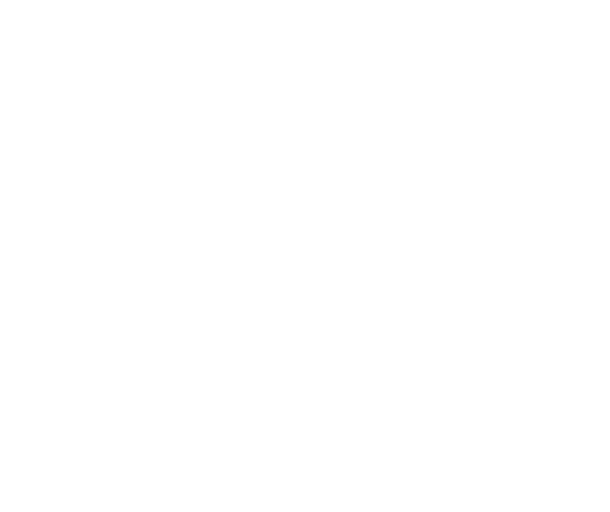
‘Coppa delle mani’ (Bowl of the Hands) in laguna glass consisting of different coloured layers with applied gold leaf, 1932-33
|
|
|
|
|
|
|
Between 1932 and 1933 Tomaso Buzzi began his collaboration with the Venini glassware company, which would continue, albeit episodically, in later years. Buzzi’s creative contribution was characterised by experimentation with both materials and forms. Indeed, his broad research included lighting designs, thereby helping to reveal a new facet of Murano’s traditional glass craftsmanship.
When Buzzi arrived at the Venini company in Murano, in 1932, he brought with him a remarkable cultural baggage and a thorough knowledge of ancient art, in particular of the Etruscan period, which particularly fascinated him.
As a matter of fact, one of Buzzi’s sources of inspiration for his designs was the askò, a type of ceramic vase of Greek origin widely found in the Etruscan area, with one or two mouths at either end of the vase. It was used to contain oily liquids, and often modelled to represent winged or horned animal figures. It is not a coincidence that in the 1920s Etruscan art was subject to rediscovery and in-depth analysis: it is from here that Buzzi sought inspiration, with the aim of creating new and original artefacts, which on the one hand did not deny their historical inspiration, yet on the other exalted the plastic characteristics of glass.
|
|

|

|

|
The new technique, invented by Buzzi, radically changed the appearance of the glass produced at Venini, contributing to the need for innovation of the Murano-based glassware company, and re-asserting its vocation for producing elegant and refined glass. Thanks to the analysis and research of the drawings preserved at the Venini archive, it appears that Buzzi studied 14 different techniques for the production of the multi-layered “vetri incamiciati”, that can be compared to the glazes techniques in painting. The architect used several layers of color to obtain different shades of pink, green, blue-grey, and red-pink, that lead to the “laguna” [lagoon], “alga”[alga], “alba” [dawn] and “tramonto” [sunset] glass series.
|
|
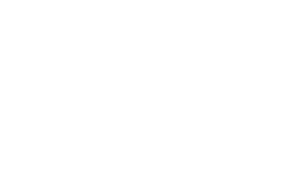
Large laguna glass vases consisting of different coloured layers
|
|
|
|
|
|
|
“This technique”, according to the curator Marino Barovier, “enabled him to produce unusual tones, rich in shades and intensity, and a material that reacted to the variation in light, in relation with the shape and the thickness obtained by the blowing technique. This procedure did not allow for the material to be easily reproduced and thus contributed to the uniqueness and originality of the final object”.
The exhibition Tomaso Buzzi at Venini, curated by Marino Barovier, retraces this brief but fruitful collaboration, documented not only through the selected works (approximately 200) and the original drawings preserved in the Venini archive, but also through an unprecedented collection of drawings preserved at the Scarzuola in Montegabbione (near Terni), the theatre-city that Buzzi designed around a monastery and XIIIth-century church at the end of the 1960s as his own house, and continued to work on until his death in 1981.
On the occasion of the exhibition, Skira will publish the first complete “catalogue raisonné” of Tomaso Buzzi’s glass work, edited by Marino Barovier with Carla Sonego.
|
|
|
|
In conjunction with the exhibition Tomaso Buzzi at Venini, the temporary pavilion designed by Hiroshi Sugimoto will remain open to the public: “Glass Tea House Mondrian” is the first architectural project by Hiroshi Sugimoto in Venice.
Glass Tea House Mondrian
Read more>
The free educational activities for students from primary to secondary school will continue during this exhibition, along with free guided tours and educational activities for families. More specifically the educational programs will include activities and workshops, during which teenagers and children will discover the history and the importance of the art of glassmaking in Venice, by producing artefacts and participating in laboratory activities and discussions.
In order to take part in the educational program it is necessary to book in advance by calling the toll-free number 800 662 477 (Monday to Friday, 10am – 5pm) or by sending an email to artsystem@artsystem.it. For detailed information on the many activities for different age groups please visit: www.artsystem.it
|
|
|
|
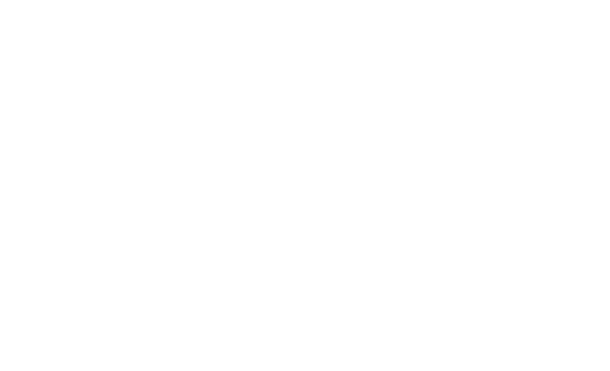
Thick uncoloured glass vase in the shape of an inverted truncated cone.Cylindrical vase in thick uncoloured glass. ‘Leaf’-shaped relief decorations in uncoloured glass and cylindrical foot. Fruit-stand with thick uncoloured glass cup. ‘Leaf’-shaped relief decorations in greenish glass and cylindrical base covered by uneven tesserae in greenish glass. 1933
|
|
|
|
|

|

|

|
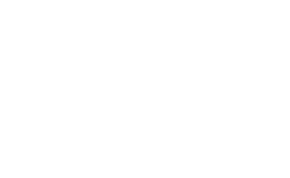
Fish-shaped vases in light laguna glass and light alba glass consisting of different coloured layers with applied gold leaf. 1932-33
|
|
Among his many designs, Palazzo Marcoli in Rome, Villa Pacelli in Forte dei Marmi, Villa Rossi of Montelera in St. Moritz, Villa Nasi Agnelli in Cap-Ferrat, Villa Putti in Bologna and the Teatro della Cometa in Rome should be mentioned. The restoration of the Italian Embassies in Tokyo and in Bangkok was also his. In 1956, following the advice of Marquess Paolo Misciatelli, he bought a monastery - with an annexed 13th-century church, founded by Saint Francis – in Montegabbione, near Terni, also known as “the Scarzuola”; it would be a continuing laboratory throughout the years, aimed at creating an ideal personal city. Buzzi died in Rapallo on February 16th, 1981. His ability to pass from one art to another, always adding his own contribution, made him into a true protagonist of the modern Italian gusto, and still an inspiration today.
|
|
|
|
|
|
|
Le Stanze del Vetro
Le Stanze del Vetro is a joint venture involving Fondazione Giorgio Cini and Pentagram Stiftung, a Swiss-based, non-profit Foundation.
Le Stanze del Vetro is both a cultural project and an exhibition space, designed by New York-based architect Annabelle Selldorf.
The purpose of Le Stanze del Vetro is to focus on the history and the use of glass in 20th and 21st century Art in order to bring this medium back into the center of the attention and discussion within the international Art scene.
The cultural initiatives of Le Stanze del Vetro focus not only on contemporary artists who have used glass as their artistic medium, but also on the main producers and on the major glass collections in the world. For this reason, two exhibitions are staged each year until 2021 on the Island of San Giorgio Maggiore. One in the Spring, dedicated to the use of glass in 20th and 21st century Art and Design, the second in the Autumn, dedicated to the talented people who have designed objects for the Venini glassware company in the 20th century. Each annual exhibition of Venini glass is accompanied by a “Catalogue Raisonné” published by Skira and available at the bookshop of Le Stanze del Vetro.
|
|
|
|
Alongside these initiatives, a series of special, often site-specific projects are organized involving contemporary artists (Swiss artist Not Vital in 2013, and Japanese artist Hiroshi Sugimoto in 2014), who are invited to work with glass, either prefabricated or specially produced by craftsmen from Venice. The result is a large site-specific installation, coupled with the design of a small limited edition object produced in Murano and sold at the Le Stanze del Vetro bookshop to support the activities organized and promoted by Le Stanze del Vetro.
In addition to this, Le Stanze del Vetro has set up a Study Centre dedicated to research in the field of artistic glass, together with a general archive of Venetian glass, a series of scholarships specifically addressed to researchers interested in the topic and a series of seminars, conferences and workshops for scholars and artists interested in the history, technology and development of the art of glassmaking.
Le Stanze del Vetro has adopted a model often found in English-speaking countries of free access to museums based on the idea that cultural heritage belongs to the community. That is why the admission to the exhibitions, the tours and the educational activities are free of charge.
ITALY
VENICE
Le Stanze del Vetro
Isola di San Giorgio Maggiore, Venezia
info@lestanzedelvetro.it
http://www.cini.it
|
|
|
|
|
|
|


